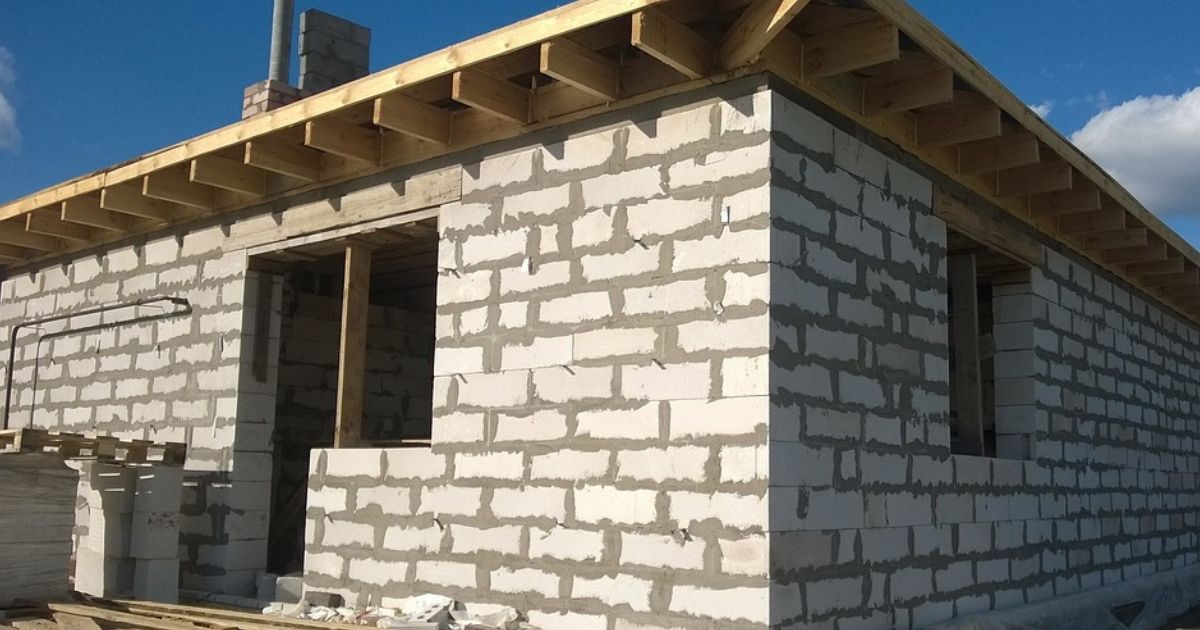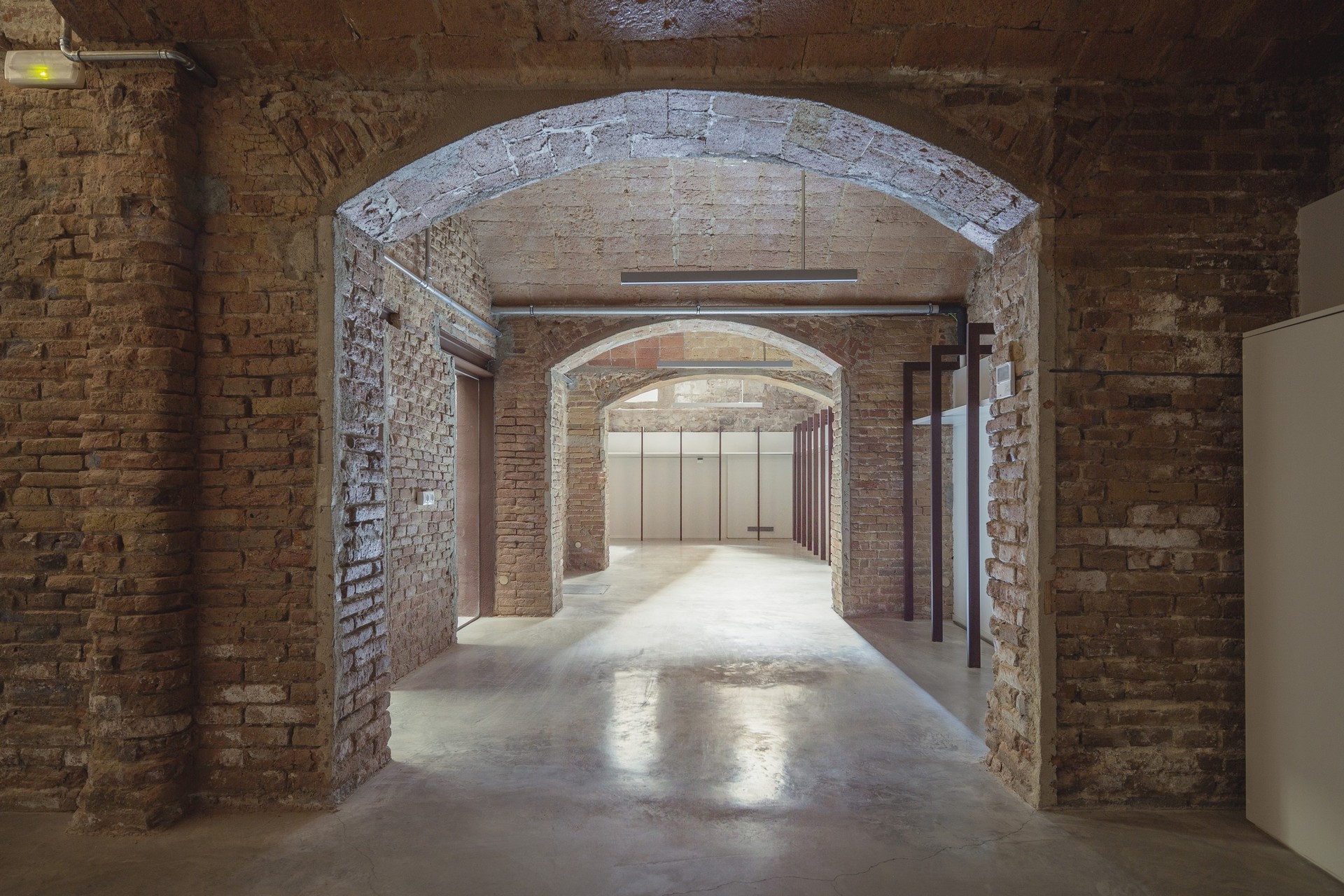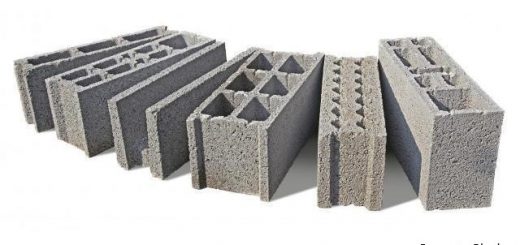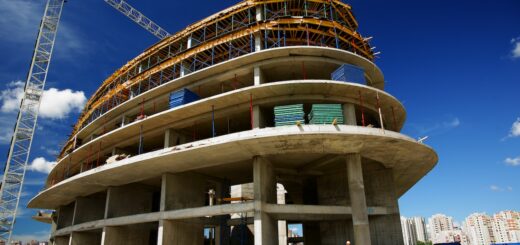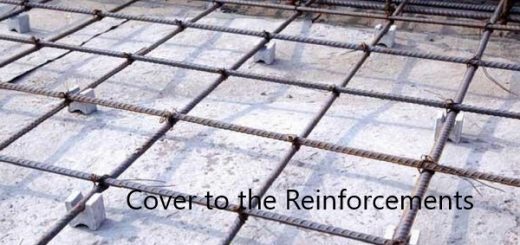Load Bearing Wall Structural Engineers Overview
A wall that supports both its weight and the vertical load produced by slabs, beams, other walls, etc. is referred to as a load-bearing wall. It is a part of a building’s structural system. The initial purpose of load-bearing walls is still employed today as a dividing wall.
Before the invention of concrete, load-bearing walls constructed from brick, stone, etc. are the main structural element of the structure. It is learned that there are even tall structures built with load-bearing walls.
What is the Difference between Conventional Wall and Load Bearing Wall
| Load Bearing Wall | Normal Partition Wall |
| Load bearing wall is a structural element, and it transfers the weight of the structure to the foundation. | Carry only the own weight and no loads from the other elements such as beams, slabs, walls, etc. are transferred. |
| Construction will be done together will other structural elements. | Construction and be done in the latter stage after completing the main structure or the structural frame. |
| Slabs, beams, and any other loads from the structure will be applied during the construction as they will be cast on the wall. | Loads of the structure will be carried by the main frame to the foundation. Internal and perimeter walls will be constructed later. There will be a gap between the beam and the wall to avoid the load transfer from the beam to the wall. |
| Wall thickness, mortar mix, types of brick, brick strength, etc. will be determined by the design and necessary testing will be done as the requirement of quality control and quality assurance. | The attention to the factors such as strength, etc. will not be made as load-bearing brick walls as normal walls carry only their weight. However, strength and other required for intended use will be checked. |
| Brick and stone walls are considered old types of load-bearing walls. | Brick and other lightweight partition walls are considered non-load-bearing walls. |
Types of Load-Bearing Walls
The classification will be made based on the type of material used for the construction. In the old days and present day, there is not much change in the use of the will of this nature. However, technological development has brought more improvements.
Some of the most frequently used wall types are;
- Brick
Brick is one of the wells know materials for load-bearing construction. From the past to date, brick is widely used as a structural element in addition it is being used as conventional partition wall material.
Depending on the load to bear by the brick wall, wall thickness and the mortar mix used for the construction will be determined.
- Precast Elements
Precast concrete is one of the leading and developing technology in the construction industry. It gives many advantages in construction.
Precast panels cast as wall elements can be used as vertical load-bearing elements. The use of precast elements as the load bearing is not as common as the brick. However, when compared to the other construction methods, we can do the construction faster.
- Concrete
Concrete is connected to many types of load-bearing elements, and it is one of the most used building construction composite materials in the world. Even the precast element is also made of concrete.
When compared to other materials such as brick, concrete has a higher load-bearing capacity. However, it is weak in tension. Therefore, when there is load bearing wall to be built for transferring the compressive load to the foundation, concrete will be the most suitable modern construction material.
- Stone
Stone was also used in the past for the construction of load-bearing elements. It can be built with or without mortar mixed between the stone. When large stones are kept on top of one another, we may not place the mortar mix there. However, in small walls constructed with different shapes (irregular) of stones, it is required to have stones to maintain the stability of the wall.
In addition to the above, there are other types of load-bearing walls construed as used timber.
Internal Load Bearing Walls
Internal and external load-bearing walls can be constructed from the same material. However, depending on the exposure condition of the external walls, additional measures shall be taken to avoid deterioration. Since the wall carries the loads, deterioration will lead to structural stability issues.
Generally, internal walls carry a higher axial load compared to external walls due to the higher tributary area that is covered by an internal wall. Design of the internal wall can be done based on the higher and it restrains. Special attention shall be made to the openings in the internal walls.
Further, the removal of the wall or part of the wall shall not be done after the construction. If the load-bearing wall is removed, it will affect the structural stability. This shall be done in consultation with the structural engineer and after doing the proper assessment.
External Load Bearing Wall
Construction of the external load-bearing walls is very important as they could be subject to deterioration with exposure to the external environment. Continuous wetting and drying could lead to deterioration with time.
Deterioration starts with the external plaster of the wall. When cracks in the brick wall appear, they shall be treated properly and timely without keeping them for long.
If they were kept for a longer duration, deterioration of the wall could not be able to avoid. Water can be penetrated the wall through the cracks and will affect the cement sand paste and brick. Continuous penetration of water into the wall will not help for its life span.

